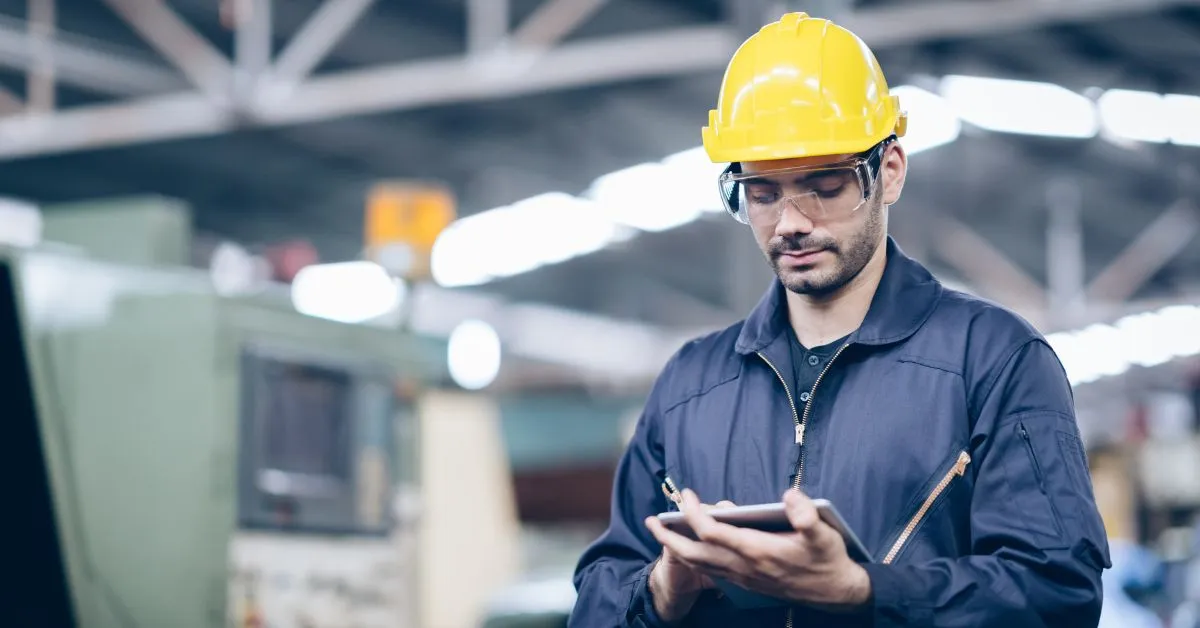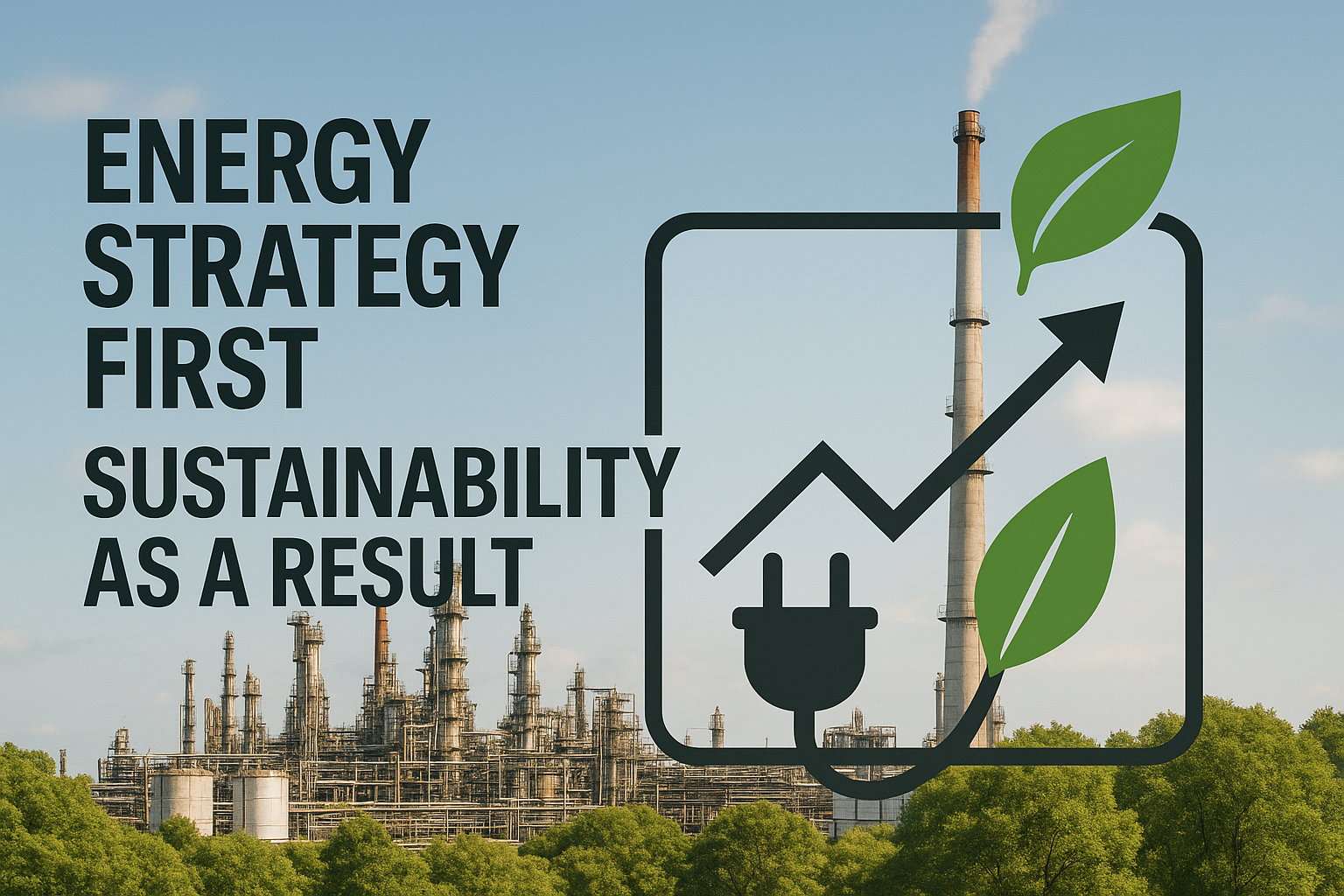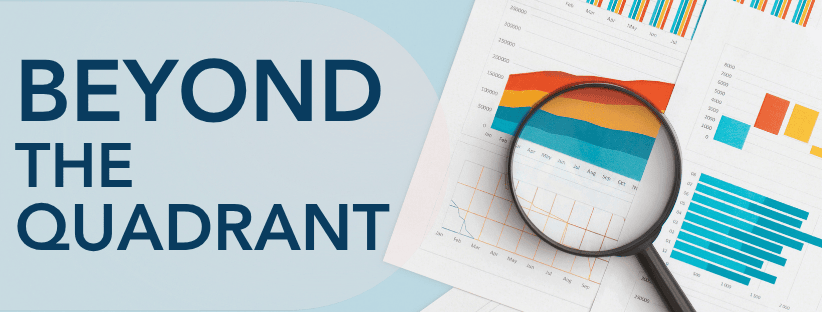Front-line operations face a daily data hurdle: sensor readings, procedure changes, and incident logs overwhelm even the most attentive teams. And executives are taking notice; 41% say workforce issues like training, culture, and adapting to new ways of working are among their top challenges.
When veteran operators depart, their irreplaceable expertise in managing and analyzing large amounts of data efficiently often goes with them, forcing newer staff to rediscover solutions the hard way.
This information overload obscures subtle warning signals that precede equipment failures or safety incidents. The consequences? Extended troubleshooting cycles, unnecessary operational costs, and decisions made without complete situational awareness.
You don’t have to live with those constraints. Industrial AI now captures plant-specific operations in real time, organizes them, and serves up insights exactly when you need them by turning scattered documents and tribal wisdom into an always-current knowledge base that learns from every run.
1. AI Enables Real-Time Knowledge Capture & Contextualization
Traditional knowledge management systems force operators to manually document insights after the fact, often days or weeks later, when crucial details have faded. Industrial AI flips this approach by capturing expertise automatically as events unfold. Existing workflows don’t need to change—the system learns from your current operations as it builds tomorrow’s knowledge base.
Industrial IoT networks stream temperatures, pressures, and flows into secure data lakes, while AI algorithms continuously learn their standard patterns. Natural language processing converts free-form shift logs or maintenance tickets into structured entries, and generative AI drafts concise summaries that integrate directly into the corporate knowledge base.
Each record gets automatically time-stamped, geo-tagged, and tied to the relevant unit, delivering context without disrupting operator routines.
Context makes all the difference; it becomes actionable information. Knowledge graphs map relationships among equipment, procedures, and historical events, letting you trace a current alarm back to a similar incident years ago and see exactly how it was resolved.
The automated approach delivers several immediate benefits:
- Faster root-cause analysis when equipment trips, because past fixes are one query away
- Preservation of tribal knowledge before experienced personnel retire, creating a living repository for new hires
- Stronger safety compliance as every procedure update is logged, versioned, and searchable
- Shorter downtime thanks to proactive alerts that surface while there’s still time to act
Behind the scenes, generative AI keeps refining documentation quality, while intent-based search ensures you find answers even if you phrase a question differently from the author. The result is a self-updating, context-rich knowledge layer that turns torrents of raw data into practical guidance for front-line operations.
2. AI Facilitates Smarter Knowledge Sharing & Collaboration
Even with improved knowledge capture, teams still waste critical time during equipment emergencies searching through manuals and emails. Employees can spend up to a third of their day hunting for information, hampering productivity. AI transforms this by delivering relevant expertise instantly, often proactively.
Semantic search capabilities understand plain-language questions, surfacing relevant procedures and analyses without requiring exact terminology. An operator asking “why did pressure spike last winter?” immediately accesses incident logs and root-cause analyses, even from documents using different phrasing.
AI synthesizes findings across sources, with generative models condensing shift reports and maintenance tickets into concise narratives. Crews receive clear, AI-generated handovers highlighting anomalies and pending tasks, streamlining shift changes while building a knowledge base that preserves expertise as veterans retire.
Intelligent routing automatically classifies and directs documents to appropriate personnel. When issues arise, maintenance leads receive targeted alerts while engineers get detailed analyses, reducing information overload and breaking down departmental silos.
Conversation-driven interfaces enable front-line staff to access recommendations without disturbing experts, while expertise-location algorithms can suggest human contacts when necessary.
Less time searching means more informed decision-making, fewer silos enable faster problem resolution, and tribal knowledge becomes a shared asset flowing seamlessly across shifts and sites—with you maintaining full control over information sharing.
3. AI Supports Continuous Learning & Improvement
The skills gap hits hardest during shift changes, and BCG warns that process industry leaders risk stalling digital projects unless they upskill existing teams and attract new talent fast enough to meet soaring data demands, safety constraints, and retirements. AI tackles that gap by turning static manuals and tribal wisdom into a living knowledge base that evolves alongside your plant operations.
Rather than waiting for annual document reviews, industrial AI monitors historian tags, operator notes, and sample results continuously. Each new data point gets tagged by context, unit, timestamp, and operating window, then folded back into a searchable repository so the latest best practice is always one query away. When conditions drift, the system flags obsolete procedures, highlights conflicting set-points, and prompts you to review them before they compromise throughput or safety.
Personalized learning adapts to individual needs and learning styles. If a junior console operator overrides a recommended valve position twice in one hour, the platform suggests a 90-second refresher on constraint management, delivered directly to the console screen. Senior technicians see advanced simulations that reveal non-linear interactions they rarely get to explore during normal operations.
Those simulations create powerful learning opportunities. AI-powered virtual environments replicate plant-specific operations so you can practice startups, grade changes, or upset recovery without risking non-prime product. When you test a new strategy, the model records every move, compares it with historical successes, and feeds high-value insights back into both the knowledge base and future training plans.
To integrate AI smoothly into your training program, consider these implementation steps:
- Establish a clean data foundation by consolidating historian tags, shift logs, and existing courses into one platform
- Pilot AI-driven learning on a single unit, gather feedback, and iterate quickly
- Keep humans in the loop as expert review of AI-generated lessons builds trust and catches edge cases
- Measure impact with clear KPIs such as reduced onboarding time, fewer manual overrides, and sustained yield improvements
Done right, continuous learning becomes second nature. Operators trust recommendations because they helped refine them, engineers innovate faster with immediate feedback, and your entire plant benefits from a workforce that learns in real time.
How Imubit Turbo-Boosts Knowledge Management in Process Industries
When you need a single, living source of truth for plant-specific operations, Imubit’s Closed Loop AI Optimization steps in. The system’s Optimizing Brain learns from millions of historian points and operator actions, then transforms that tacit know-how into a model you and every colleague can explore. Instead of hunting through shift logs or relying on tribal memory, you see exactly how today’s constraints connect to yesterday’s decisions.
For new hires—or seasoned operators cross-skilling into another unit—the platform doubles as a training ground. Its AI-powered simulation environment mirrors live conditions, letting you practice upset recovery or push throughput safely before a single valve turns. Engineers use the same sandbox to trial long-horizon improvement projects, and managers monitor value through dashboards that tie every optimization back to economic impact.
When you’re ready to put your expertise to the test—and capture it for the next generation—book a complimentary Optimization Assessment of Imubit’s platform.




